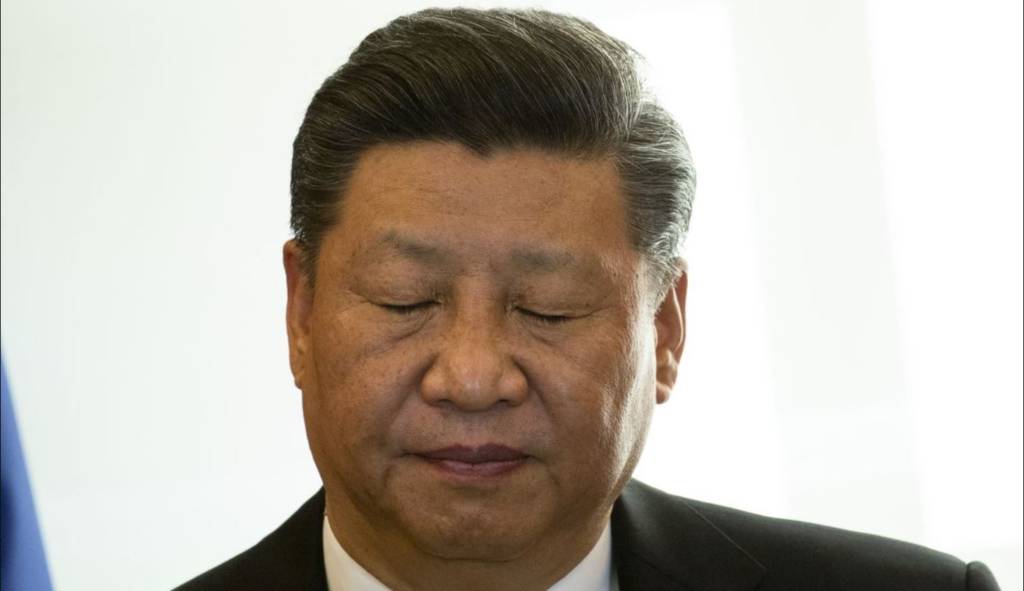As tensions rise on the India-China border, the Modi government has decided to accelerate the construction of roads and bridges along the Line of Actual Control. The construction of a bridge on the Galwan River, whose construction was one of major points of contention between two countries, went ahead with full speed and has been completed, despite the bloody brawl on the night of 15th June, which claimed lives on both sides.
Indian Army’s combat engineers received orders to complete the construction of the bridge as soon as possible, as it gives military units sharper access to point near LAC. The 60 metre bridge known as ‘bailey bridge’ is an excellent piece of modern engineering and it will provide rapid transit to all kinds of military vehicles.
The bridge, which was one of the two infrastructure projects that were the trigger points for Chinese mobilization, with the other being Darbuk-Shyok-Daulat Beg Oldie (DSDBO) road, has been completed and is now fully operational.
The construction activities in border areas on the Indian side of LAC was a major reason behind the escalation of the matter, as China, which has already built up first-grade infrastructure on its side, did not like the fact Indian side matching up their capacity.
Under the phase 2 of Indian-China border road project (ICBR), 32 roads will be built along the LAC on priority basis. In a meeting attended by Border Road Organisation (BRO), Indo-Tibetan Border Police (ITBP), Indian Army and Central Public Works Department (CPWD), it was decided that the government will fast track these projects. The Home Ministry has decided to send 1,500 additional laborers on the construction site in order to fast track the projects, reported India Today.
In the last few years, Border Road Organization, the body under Ministry of Defense which primarily looks after construction activities in border areas, has put enormous effort to ramp up the infrastructure on Indo-China border.
In the last three decades, China build top class infrastructure on 3,500 KM long Indo-China border. From Arunachal Pradesh to China occupied Ladakh, the dragon carried out infrastructure building activities since back in 1993. The growing economy gave Beijing space to spend handsomely on the construction activities in these areas.
India was left behind in the race to build infrastructure. However, in early 2010s, India also started building roads and bridges along the China border after a committee by former security advisor and diplomat Shyam Saran suggested the same.
The construction got impetus after Modi government came to power. Indian has almost completed phase one of Indo-China border with construction totaling 3,346 KM.
“The focus of the government is increased connectivity, smooth patrolling on these roads, which will lead to securing the areas better,” said an official. “It is a big achievement considering that the project had been pending for years,” added the official. The Modi government has spent more than 4,000 crore rupees in the last six years in construction of these border roads.
The infrastructure building within 2-3 km range of LAC has alerted the Chinese armed forces. BRO is building roads and bridges on the Indian side for better and quick movement of Indian forces. The construction activity is not limited to Eastern Ladakh, where the current standoff is taking place, but throughout the Chinese border, right from Ladakh to Arunachal Pradesh.
Chinese armed forces and the Chinese government have objected to construction, as they fear that a better infrastructure would give India advantage in the region. However, despite Chinese objection, the government has continued to build road and bridges in strategic areas, and plans to accelerate activity in coming months.
The largest and the most important road, Darbuk-Shyok-Daulat Beg Oldie (DSDBO) road, is expected to be completed by the end of this year. Indian government did not stop the construction activity despite physical brawl, in which both sides suffered heavy casualties. “At some stretches, there is a need for blacktopping the surface of the road where vehicles are still playing. The work is to be completed on eight bridge locations at different stretches also,” said sources from armed forces.
The Chinese side fears that once the infrastructure is complete, India armed forces would attack to take back Aksai Chin, as promised by Home Minister Amit Shah in Indian parliament. And given the fact that talks about taking back PoK and Aksai Chin have started in the policy circles in the last few years, one cannot deny the possibilities of Indian government actually going for it.
